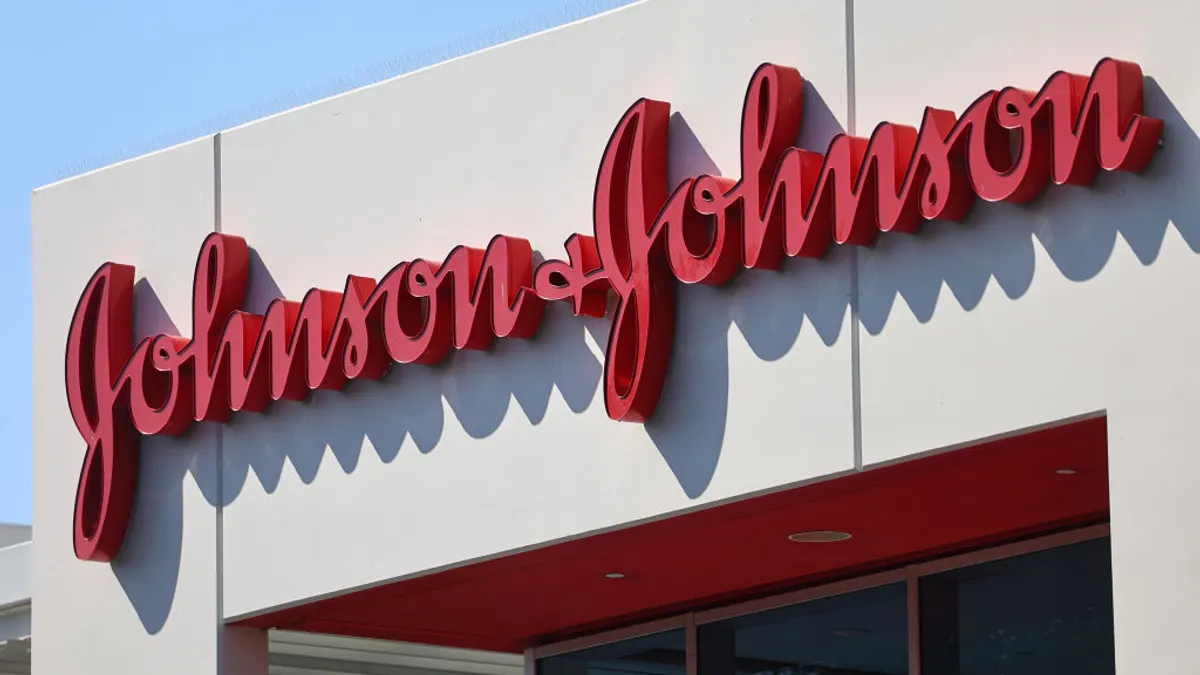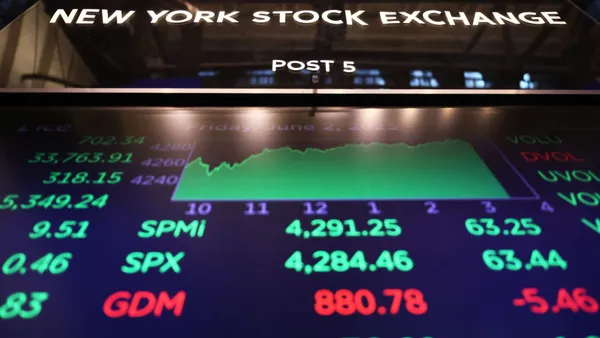Mergers between pharma industry titans can be highly profitable, but they may become increasingly rare thanks to their inherent complexity and increased scrutiny from the Federal Trade Commission.
“We never say never,” said Arda Ural, EY Americas industry markets leader for health sciences and wellness and one of this year’s PharmaVoice 100s. “However, the conditions are probably going to be harder to justify to the authorities, the C-suite or both.”
While they’re often panned as disruptive, megamergers have largely paid off. But these colossal deals have many moving parts, and the conditions that make them possible need to be just right, Ural said.
Complex deals
Companies often use megamergers — which EY defines as deals where the smaller company in the merger agreement has a value larger than $25 billion — to move into new therapy areas or territories. And U.S. assets are always attractive to non-U.S. headquartered companies, Ural said.
“Since 2010, there were about 13 of those transactions out of a total number of more than 1,400 over $100 million,” Ural said.
One recent megamerger was struck in 2021 when AstraZeneca acquired Alexion for $39 billion to gain entry into the rare diseases market, Ural said. Many of these deals are facilitated by what Ural refers to as “trigger points,” or vulnerabilities, such as leadership transitions or liabilities that artificially depress the intended target’s price, he said.
However, even when the stars align to make a deal possible, companies also need to worry about an increasingly active FTC. In 2023, the FTC put Amgen’s $27.8 billion acquisition of Horizon Therapeutics under heavy scrutiny. While it ultimately approved the deal, it required several conditions to guard against monopolies for two drugs. The same fate befell another megamerger between Pfizer and Seagen, which was ultimately approved, but not until the companies offered concessions to appease the FTC’s antitrust concerns.
This increased FTC activity may stifle megamergers between companies with similar assets — or force them to divest or carve out the overlap, making the overall deal less appealing or more difficult to close, Ural said.
The future
While megamergers may be falling out of favor, it’s unlikely that overall M&A activity will follow the same trend. Experts anticipate the market will really start to move after the November election, provided anticipated interest rate cuts materialize.
And demand for dealmaking has been building. The top 25 pharma companies are sitting on $1.6 trillion in ready-to-deploy capital, and there’s another $3 trillion in venture capital funds, Ural said.
Prime M&A targets will likely cluster in familiar areas like oncology, he said. Also at the top of the list are GLP-1 drugs, antibody-drug conjugates, bispecific antibodies and cell and gene therapies, especially for solid tumors.
“Over the years, pharma has been growing through technology acquisition,” Ural said. “About 70% of the top 10 selling drugs were licensed at some point.”
Future deals are crucial to boost revenue as a large number of bestselling drugs move off patent and R&D costs rise. Pharma companies typically benefit when they buy and sell assets. Businesses that actively managed their portfolios by selling or investing in assets saw a 67% greater return to investors than those who didn’t, Ural said.
“Doing nothing is not a good thing for pharma,” he said.










